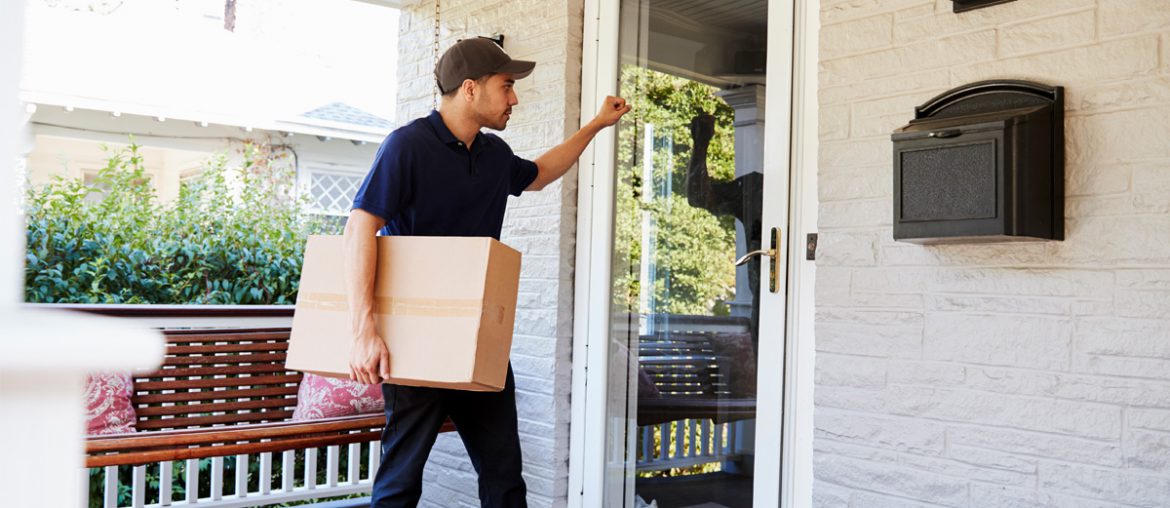Courier services provide a vital service to clients around the country. Nearly everyone will need something delivered at some point; couriers make sure those deliveries are secure and timely.
If you’re considering opening a courier service, one of the most important things you’ll have to decide on is the cost of delivery. By researching your market, choosing an appropriate pricing metric, and assessing additional cost factors, you can make sure your clients are getting a fair quote, and you’re making a good profit.
Here is how to estimate delivery jobs, step-by-step.
Research Your Market
The first step in deciding your pricing strategy is to scope out the average market value for delivery in your area. This means understanding not only who your potential clients are but also what services they need from you and what they’re already getting from others. You’ll want to discover:
- Who are your competitors
- The size of their delivery area
- What pricing metric do they use per hour or mile
- What they charge
- The additional fees they add on
Market research includes visiting your competitor’s websites and exploring their customer estimates. Most companies will list this openly on their site and may even have convenient calculators that you can use to get multiple quotes to compare.
You can also perform research on averaging sites like this one to compare the rates of the top couriers nationally, such as USPS, UPS, and FedEx. This will give you a better sense of the national average price and regular fees.
Decide Your Pricing Metric
Once you’ve checked your competition and found the average prices for delivery in your service area, you can start estimating how you can charge competitively. This means factoring in your overhead costs and deciding on a pricing metric. The most common courier pricing metrics are by the hour and by the mile.
Estimating Overhead Costs
Your overhead costs include everything that it takes to run your business. It’s most convenient to break this up by delivery if you can, though there are a few expenses that can’t be divided that way. Your overhead costs might include:
- The cost of gas
- Maintenance for your delivery vehicles
- Labor costs for employees
- Insurance and administrative costs
- Utilities, rent, and supplies for your main office
Include anything that costs you money and estimate the monthly total cost. From there, you’ll want to calculate how many deliveries you expect to do per month. Divide your overhead by the number of deliveries, and add enough extra to make a reasonable profit per delivery while remaining competitive.
By the Hour
Charging by the hour is one of the most common ways to charge for a courier service. It’s an easy way to set a standard for a small delivery area, especially when you can reasonably predict the traffic and other factors that might slow you down.
It makes calculations more straightforward, as you can simply divide the number of working hours your company puts in per week by the overhead costs and add a small profit margin. As long as you stay within your area’s average delivery cost range, your profit margin can be reasonably high.
Say your weekly overhead is about $1,600, and your company works a 40-hour week. You need to charge more than $40 per hour. If your area’s average hourly cost is $60 per hour, you can have the competitive advantage by charging $55 per hour and still make plenty of profit.
Unfortunately, charging by the hour does mean if there are unexpected delays, your client may be unhappy with an unexpected hike in their delivery cost. This can mean losing business, so be sure to set limits on what adds to the billable hours.
By the Mile
Another typical pricing metric of courier services is charging per mile. This works exceptionally well if you cover a large service area that may increase gas or vehicle maintenance costs.
To calculate a per-mile charge, estimate the total value of your vehicles (purchasing price, insurance, and any licensing fees), then divide the number of miles it should, on average, last (around 150,000 miles, according to Consumer Reports) by the worth of the vehicle. Add a small profit margin, and you’ve got your delivery cost.
For example, say you have a car that is, in total, worth about $44,000. If it lasts about 150,000 miles, then you need to charge more than $3.40 per mile. So, a 10-mile delivery would be, at a bare minimum, $34.
Charging per mile can make calculating additional expenses hard and can make for much more expensive deliveries. This probably isn’t the best strategy for delivery services operating in smaller towns or more rural areas, but it can work well for city coverage.
Adjusting for Additional Factors
When your base rate is set, you’ll need to start taking into account any other factors that may make a delivery unusual. This is anything that wouldn’t be included in normal overhead costs that might still affect the overall expense of the delivery.
Deliverable Weight or Size
The normal range you consider acceptable for packages will depend heavily on what it is you’re delivering – a furniture company won’t have the same restrictions on sizing as a small package service.
You may also wish to take into account the number of deliverables you’re transporting. If you have multiple packages for one client, they need to be charged accordingly, as their delivery will be taking up room that other clients may have otherwise booked.
Decide what constitutes reasonable limits for your couriers’ capabilities, and then decide on a standard “large package” fee to apply to deliveries beyond those limits.
Rush and After-Hours Delivery
Sometimes, clients will want their deliveries to be made as soon as possible. This means your couriers will have to rush through the process and potentially sideline other deliveries to meet the requested time. You may also have clients who request deliveries outside of normal working hours.
If a delivery is to be made within an unusual time frame, then you need to have a standard fee you can apply to compensate for employee overtime and delays in other orders.
Waiting or Assembly Fee
Some clients may not have the packages they want to be delivered ready when your courier arrives to pick them up. If they have other deliveries to make, this can put your employee behind schedule and throw off your estimates. Set a time limit, say 15 minutes, from notification of arrival to pick up, and a fee for going over this limit.
Clients may request assembly at their location for some deliveries, commonly of furniture and other large packages. If you decide to offer this, be sure to include a fee that will cover the additional cost of time and labor for assembly.
Conclusion
Estimating the cost of running your business doesn’t have to be complicated. As long as you keep in mind common-sense factors like these, you should be able to efficiently deliver accurate and fair quotes to your clients that will give you a competitive edge in the courier market in your area.




